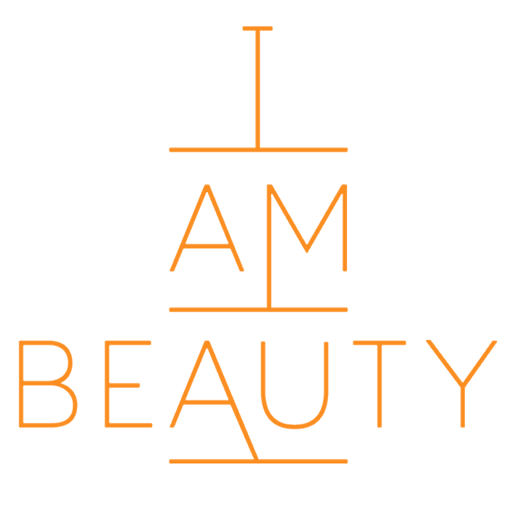Stress Awareness Month - What Stress Looks Like in the Body by Chloé Machin
When we talk about stress, we tend to think of it as something that lives in the mind.
We associate it with overwhelm, anxiety, sleepless nights, and racing thoughts, but stress doesn’t just impact the way we think or feel—it changes how we inhabit our bodies.
It can quietly build over time, embedding itself in our jaw, our shoulders, our breath, and our skin. It alters our posture, our digestion, and even the way our face holds expression.
Most of the time, we don’t even realise how much we’re carrying until we’re finally given the space to let it go.
This month, in honour of Stress Awareness Month, I’ve been reflecting on how often stress shows up in the body.

Clients come into the studio describing puffiness, dullness, or tightness in their face.
They speak about feeling heavy, tired, or not quite themselves. And while they might be looking for an outer lift, what they’re really craving is internal space—somewhere to exhale.
Chronic stress impacts every part of the body. It keeps us in a low-level state of survival—where the nervous system stays switched on and the body never fully comes down.
Over time, this can lead to issues with digestion, inflammation, poor sleep, hormonal imbalance, and visible skin changes. It also makes true rest feel inaccessible. We begin to think it’s normal to carry this weight, but it’s not. It’s just familiar.
One of the most common places I see stress manifest is in the face and jaw.
Whether it’s from clenching, grinding, emotional suppression or simply over-functioning, the jaw often becomes a holding zone for tension.
Our facial muscles, lymphatic system, and fascia all begin to respond to this. It can show up as puffiness, asymmetry, dullness, or a general feeling of stagnation. And it’s not just cosmetic—it’s energetic.


When I created my Signature Treatment, it was with this in mind. Yes, it’s sculpting and lifting, but at its core, it’s a treatment for the nervous system. We start with breathwork to regulate and settle. We release built-up tension through buccal massage, drain stagnant fluid with lymphatic techniques, and work with fascia to bring circulation back to the surface. It’s about supporting the body to let go, not forcing it to change.
I’ve seen the shift in real time—shoulders drop, the jaw softens, the breath deepens.
Clients walk out not only looking different, but feeling different. It’s subtle but powerful, and it’s a reminder that beauty isn’t just skin deep—it’s rooted in how safe we feel in our bodies.
Stress relief doesn’t have to be complicated.
Often, it begins with noticing. Becoming aware of what your body is holding and allowing space for release. That can be as simple as a few deep breaths, a gentle self-massage, or a treatment that brings you back to yourself.
We live in a world that teaches us to move fast, push through, and keep going, but stress is a signal, not a weakness. And when we learn to respond to that signal with softness instead of force, the body begins to respond in kind.
This month, I invite you to reflect on how stress might be showing up for you—not just mentally, but physically.
What would it feel like to soften into rest, even just a little? What might shift if your nervous system had the space to feel safe again?
If your body is asking for support, I’d love to welcome you into the studio.
Together, we will create the space for you to release, reset, and return home to yourself.

